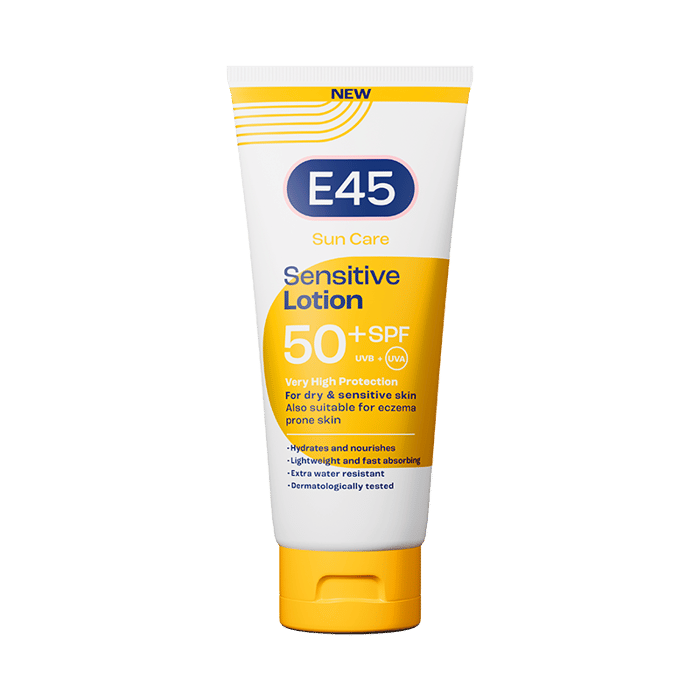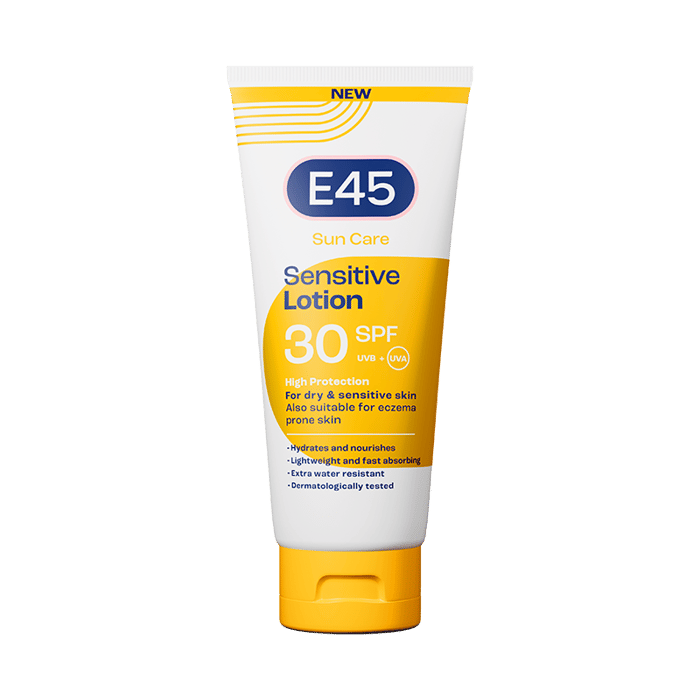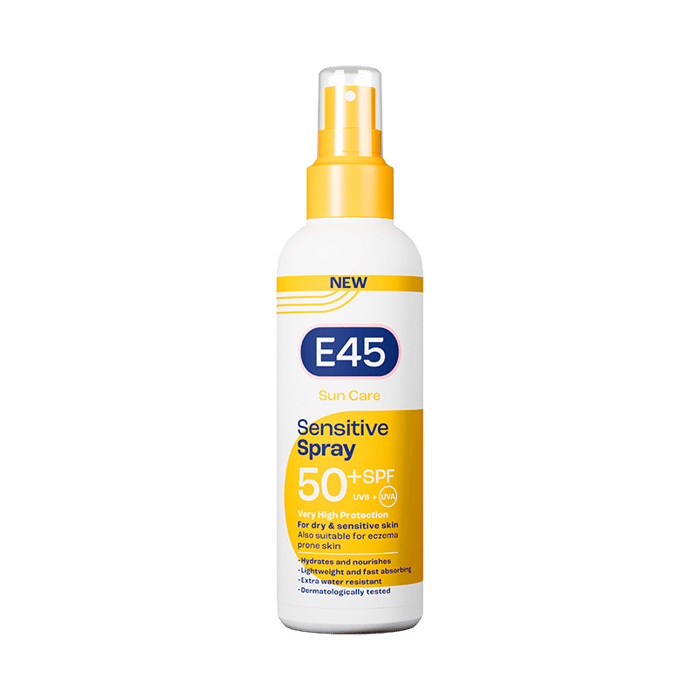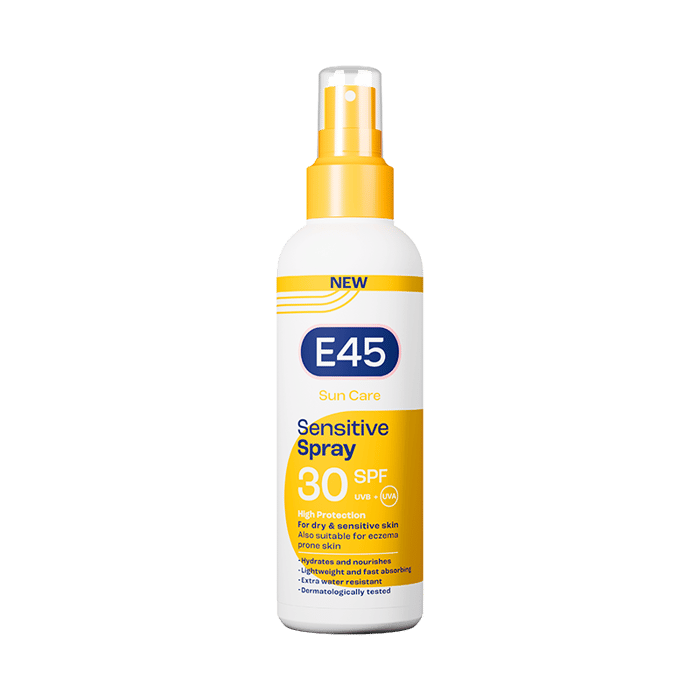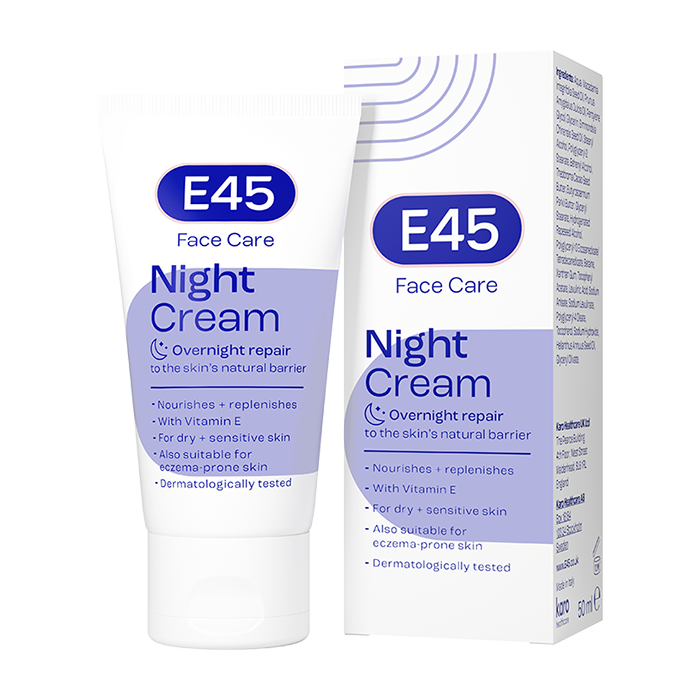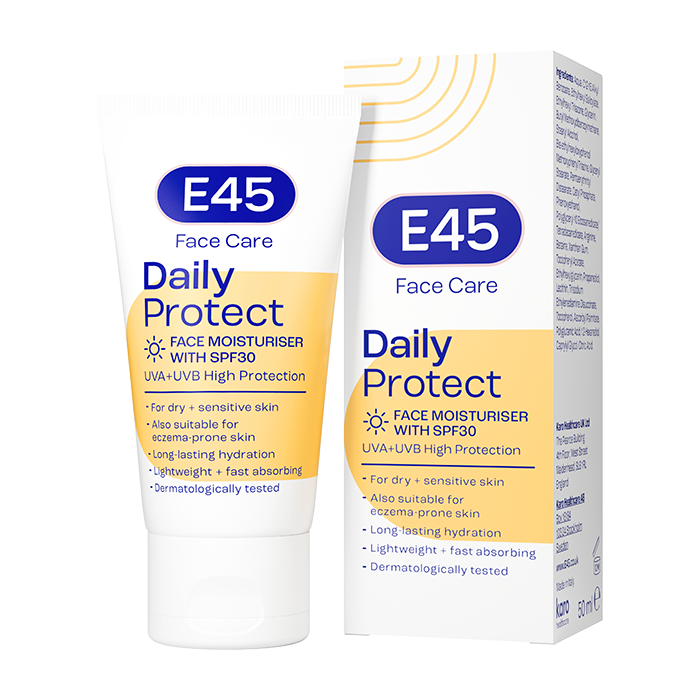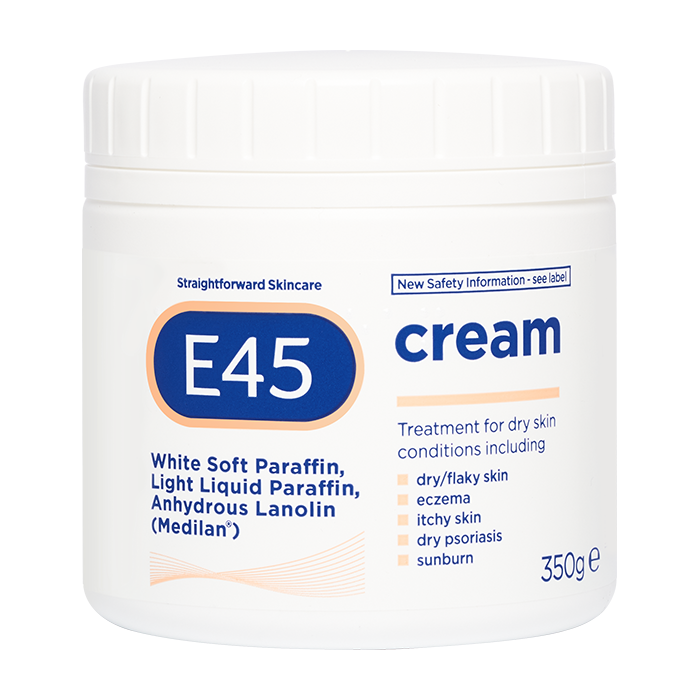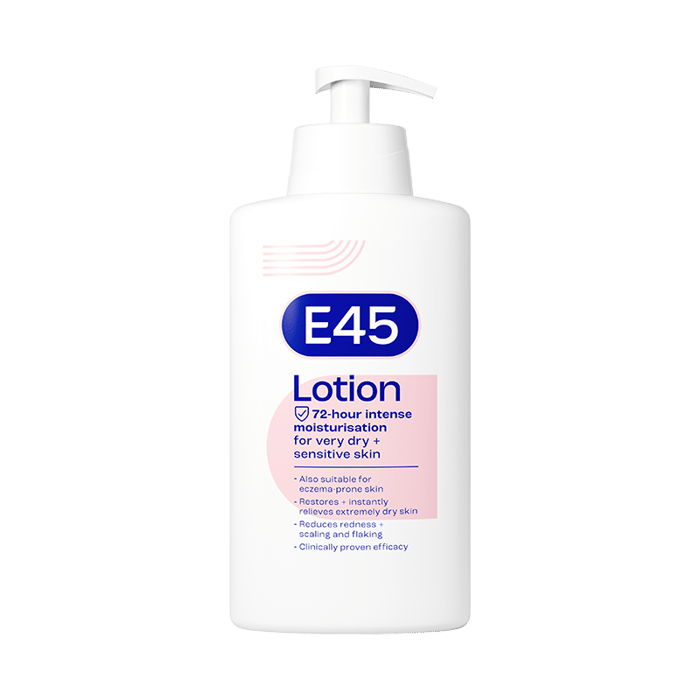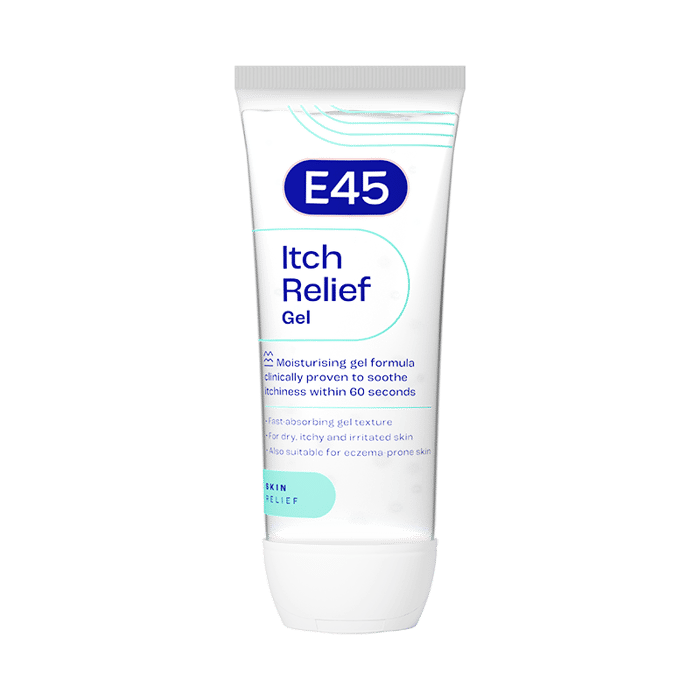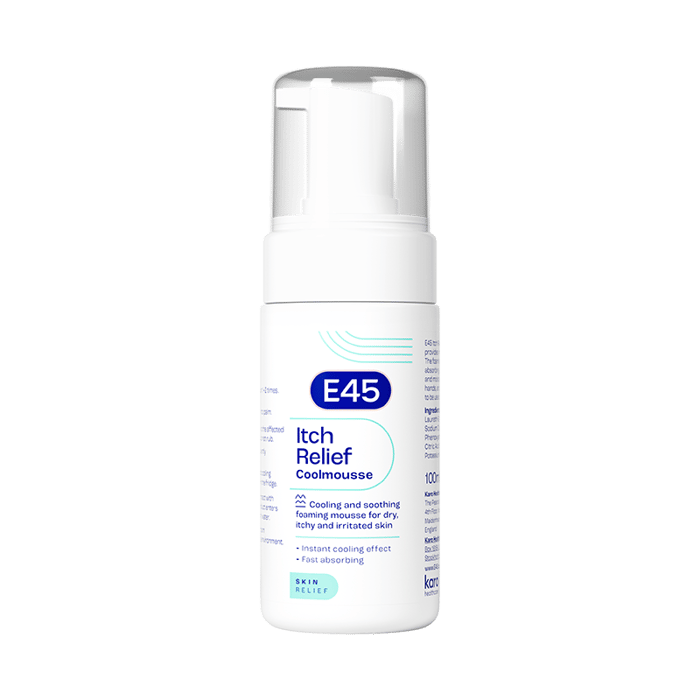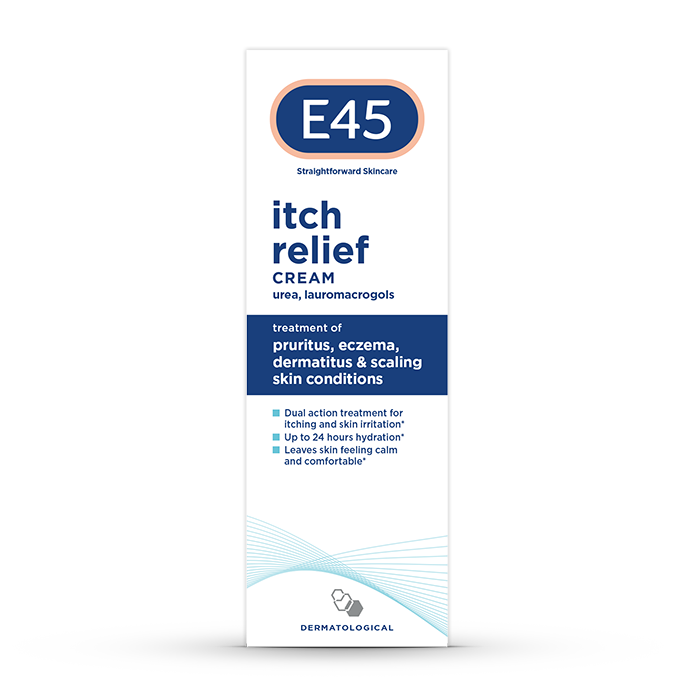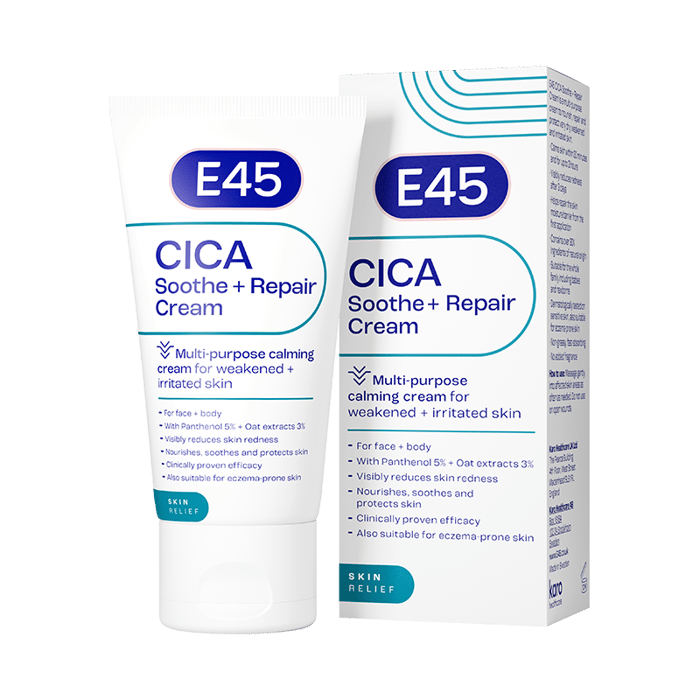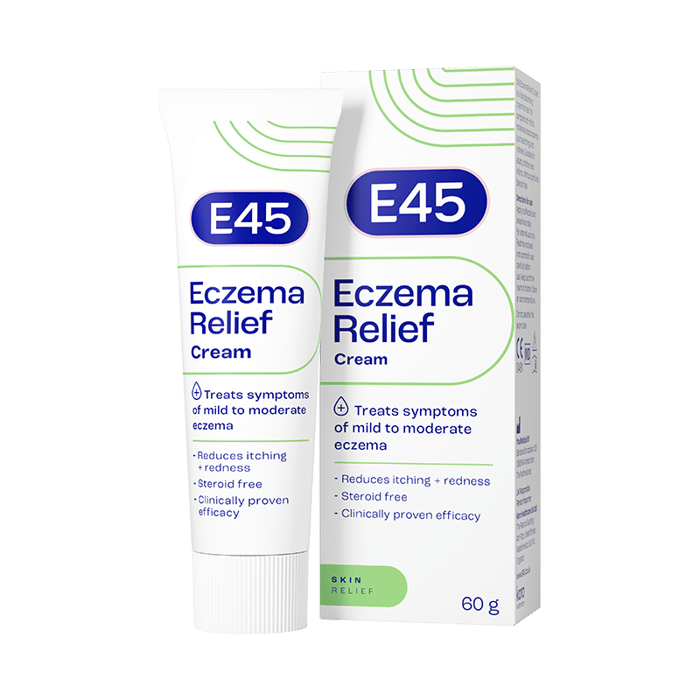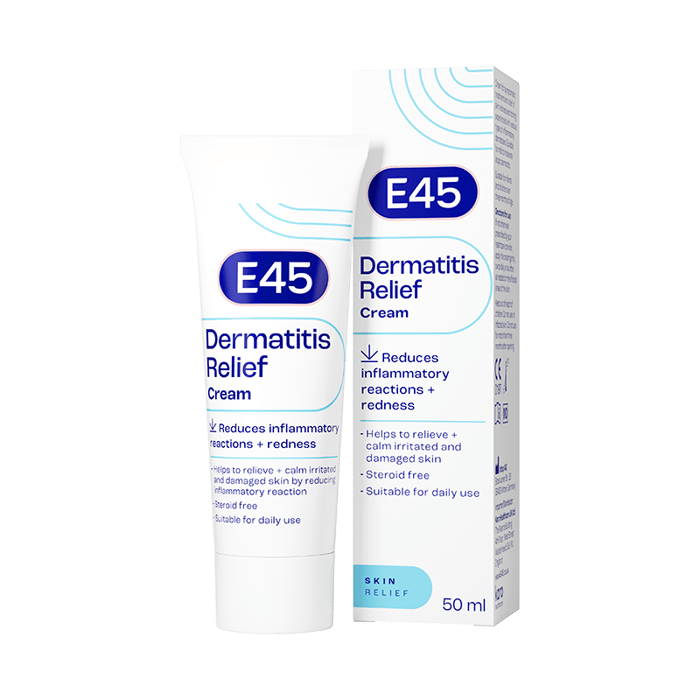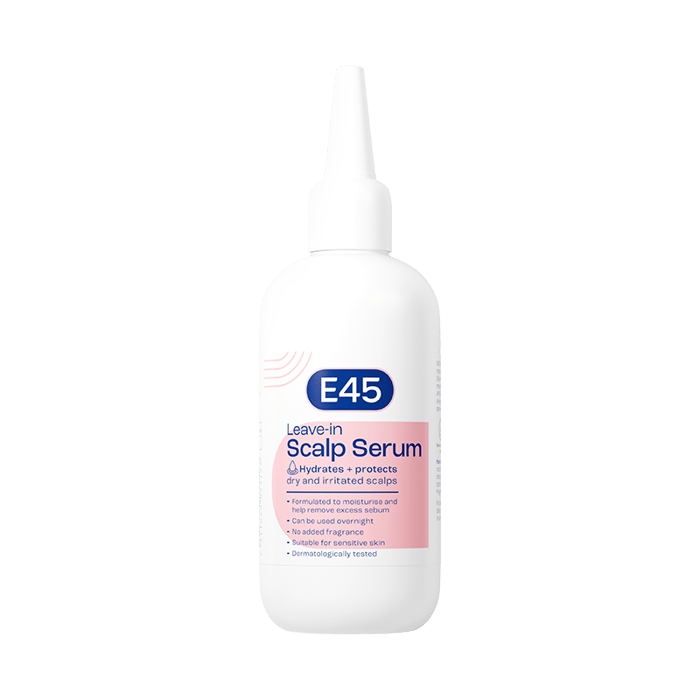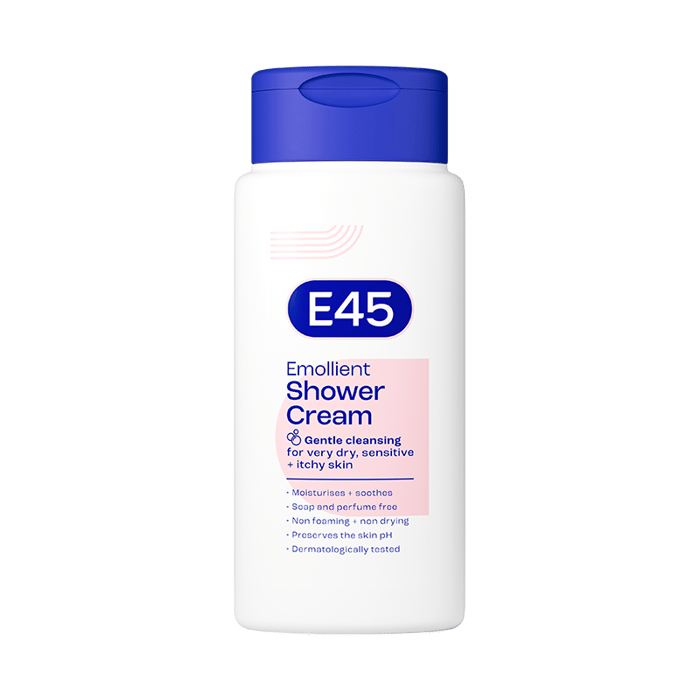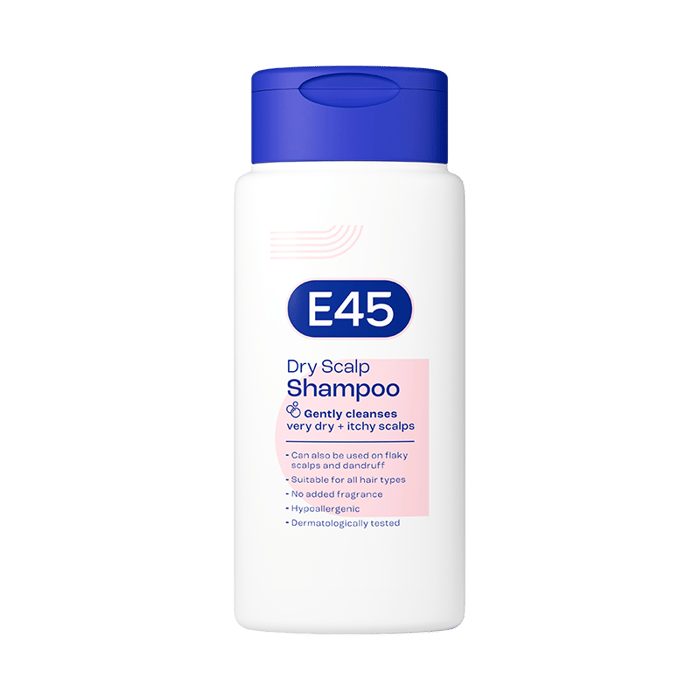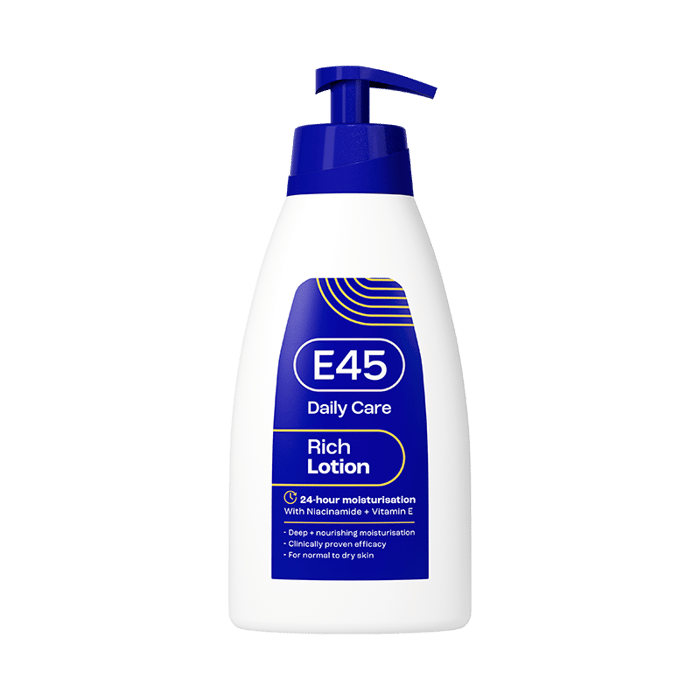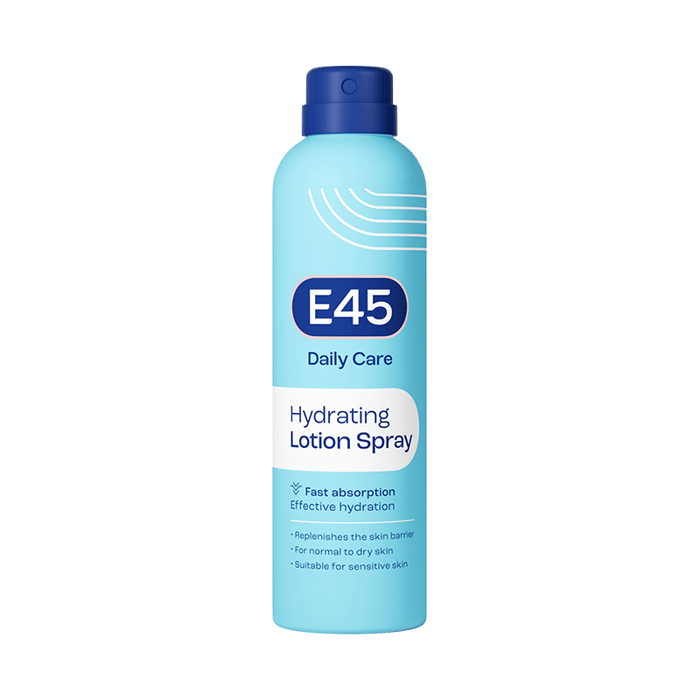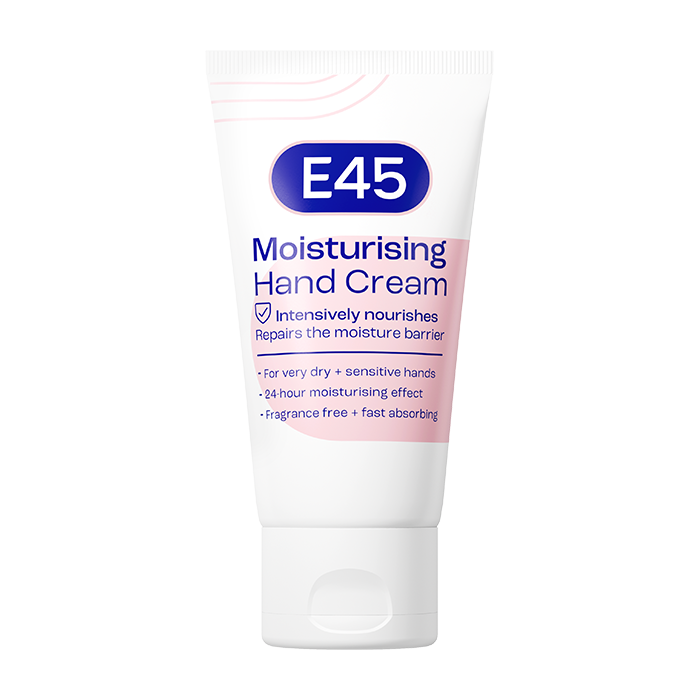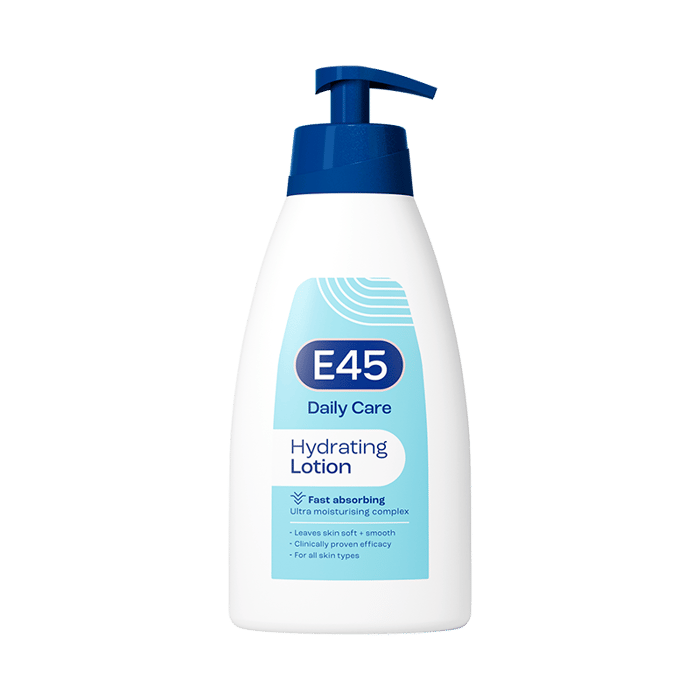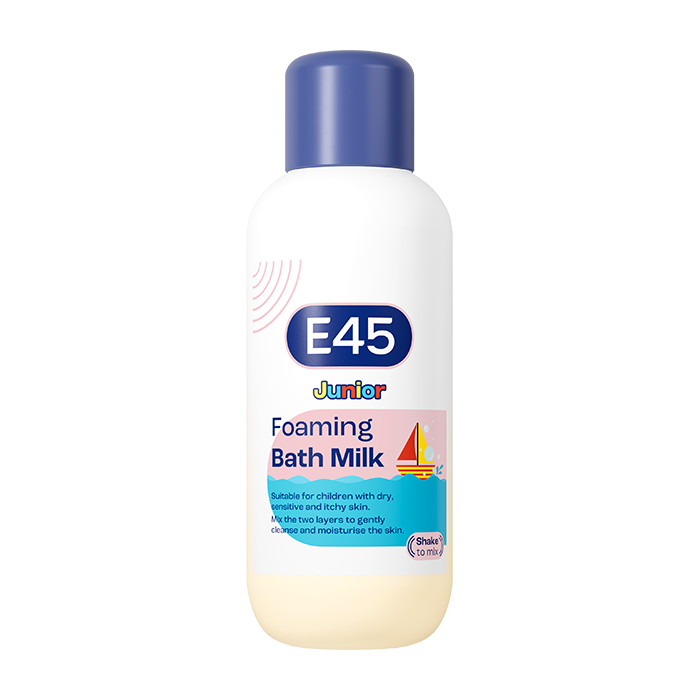Dermatitis
Dermatitis is a common skin condition that many people unfortunately encounter at some point in their lives. While the symptoms can be uncomfortable, understanding the causes and recommended course of treatments can make it easier to handle. This article will walk you through what dermatitis is, common symptoms, and the various types, along with practical tips on how to manage the condition using a combination of self-care and professional advice.
Table of Contents
- What is dermatitis?
- What are the most common symptoms of dermatitis?
- What different types of dermatitis are there?
- Triggers and Factors: What causes dermatitis?
- Does stress cause dermatitis?
- Who gets dermatitis?
- Where does dermatitis form on the body?
- How is dermatitis diagnosed?
- How to manage dermatitis
- Conclusions
- Dermatitis FAQs
What is Dermatitis?
Dermatitis is a general term used to describe inflammation of the skin. While there are several types of dermatitis, they all share one common feature: irritated, inflamed skin. The condition often results in redness, itching, and irritated skin. It can affect people of all ages, cause discomfort, and interfere with daily activities.
Dermatitis can range from mild to more severe inflammation, depending on the type of dermatitis and how long it’s left untreated. For those experiencing more intense symptoms, consulting a healthcare professional is essential. When you visit a GP, they may offer treatment options to manage the symptoms, but self-care and adopting an adequate skin-care routine can also play a role in managing the condition.
What are the Most Common Symptoms of Dermatitis?
Symptoms of dermatitis can vary depending on the type, but many people experience similar signs. Here are the typical symptoms that may signal a case of dermatitis:
- Itching: One of the most common symptoms is persistent itching, which can sometimes worsen if the skin is scratched.
- Redness: The affected areas often turn red or become blotchy.
- Swelling: Inflamed skin may swell, especially around areas prone to irritation.
- Dry, cracked skin: Dermatitis often leads to dry skin that can become cracked, causing discomfort.
- Blisters: Some types of dermatitis can cause small, fluid-filled blisters.
- Scaling or crusting: After inflammation, the skin can become flaky or crusty, particularly if it has been scratched or irritated.
If these symptoms persist or worsen, it’s always helpful to consult a healthcare professional. They can evaluate your symptoms and discuss your experience during the visit.
What Different Types of Dermatitis Are There?
There are several types of dermatitis, each with unique causes and symptoms. Here’s a breakdown of some of the common types:
Atopic Dermatitis
Atopic dermatitis, also known as eczema, is one of the most common types of dermatitis. It often develops in childhood and can continue into adulthood. This chronic condition is marked by dry, itchy skin and can flare up due to allergens or environmental factors.
Contact Dermatitis
Contact dermatitis occurs when your skin reacts to a substance that irritates it or triggers an allergic reaction. This can result from exposure to chemicals, soaps, or even jewellery containing nickel. Avoiding these triggers can often reduce flare-ups.
Perioral Dermatitis
Perioral dermatitis primarily affects the skin around the mouth. It’s characterised by small, red bumps and is most commonly seen in women. Factors like steroid creams or certain cosmetics may trigger the condition, but it can also occur without an obvious cause.
Seborrheic Dermatitis
Seborrheic dermatitis commonly affects oily areas of the body, such as the scalp, face, and chest. It is often associated with dandruff and can cause flaky, white scales or red skin. The exact cause isn’t fully understood, but factors like yeast on the skin, stress, or cold weather can play a role.
Stasis Dermatitis
This form of dermatitis is related to poor circulation, typically in the legs. It can cause swelling, itching, and discoloration of the skin. Stasis dermatitis usually occurs in people with underlying health conditions that affect blood flow, such as varicose veins.
Neurodermatitis
Neurodermatitis is a type of dermatitis where constant scratching or rubbing leads to thickened patches of skin. Stress can often worsen the condition. The itching tends to be localised to specific areas, making it harder to avoid.
Triggers and Factors: What Causes Dermatitis?
Dermatitis can be triggered by several factors, ranging from environmental irritants to genetic predispositions. Understanding these causes can help you manage the condition more effectively.
Allergens and Irritants
Common causes of contact dermatitis include exposure to substances like soaps, detergents, and metals. Some people may experience allergic reactions to certain ingredients in skincare products, which can trigger flare-ups.
Weather and Climate
Cold, dry weather can worsen dermatitis, particularly for those with sensitive skin. Low humidity can strip moisture from the skin, leading to irritation. For some, heat and humidity can also contribute to breakouts.
Skin Conditions
If you already suffer from another skin condition, like acne or rosacea, you may be more prone to dermatitis flare-ups. In these cases, the skin is often more reactive to environmental triggers.
Does Stress Cause Dermatitis?
While stress doesn’t directly cause dermatitis, it can be a contributing factor. When you’re stressed, your immune system may become more reactive, leading to increased inflammation and flare-ups. Managing stress through mindfulness techniques, regular exercise, or even just taking time for yourself can help alleviate some of the symptoms.
Who Gets Dermatitis?
Dermatitis can affect anyone, regardless of age or gender. However, certain factors can make you more susceptible to developing the condition:
- Family history: If you have a family history of eczema or allergies, you might be more prone to dermatitis.
- Occupational exposure: People who work with chemicals, such as hairdressers or cleaners, are more likely to experience contact dermatitis.
- Age: Atopic dermatitis often starts in childhood, while stasis dermatitis is more common in older adults.
Where Does Dermatitis Form on the Body?
Dermatitis can appear on various parts of the body, depending on the type:
- Scalp and face: Seborrheic dermatitis commonly affects these areas.
- Hands and arms: Contact dermatitis often develops where the skin comes into contact with irritants.
- Legs: Stasis dermatitis typically forms on the lower legs due to circulation issues.
- Body folds: Atopic dermatitis can develop in skin folds, especially in young children.
How is Dermatitis Diagnosed?
A healthcare professional can diagnose dermatitis based on your symptoms, medical history, and, in some cases, a skin biopsy. During your consultation, the GP may ask about potential triggers, lifestyle factors, and any underlying conditions. This can help them offer insights into your condition and guide you toward a personalised treatment plan.
How to Treat and Manage Dermatitis
Managing dermatitis often involves a combination of self-care, avoiding known triggers, and following advice from healthcare professionals.
- Moisturise regularly: It’s important to keep the skin hydrated, especially after bathing. Using a gentle cream, like E45 Cream is an effective option that can help nourish the skin.
- Avoid irritants: Identify and steer clear of known triggers like harsh soaps or detergents. E45 Emollient Shower Cream is a fragrance-free body wash that provides gentle and effective cleansing for very dry, sensitive and itchy skin.
- Gentle skincare routine: A simple but effective skincare routine with non-irritating products can help. Read more in our article about how to develop a skincare routine for sensitive skin here.
- Stress management: Since stress can exacerbate symptoms, relaxation techniques can also be helpful.
- Home remedies: Some people find relief from home remedies like oatmeal baths or using aloe vera gel, which can help soothe inflamed skin.
- Over-the-counter medications: Topical corticosteroids and antihistamines are commonly used to help reduce itching and inflammation. For milder cases, over-the-counter creams like E45 Dermatitis Cream can help with managing the symptoms of dermatitis.
When your symptoms are more severe, it’s best to consult a healthcare professional to discuss your options. They may recommend more targeted treatments to help manage your dermatitis more effectively.
Conclusion
Managing dermatitis is a balance between understanding your triggers, using effective skincare routines, and consulting healthcare professionals when necessary. By adopting simple self-care habits—like using moisturisers, avoiding irritants, and managing stress—you can help soothe your skin and reduce the likelihood of flare-ups.
If you experience more severe symptoms, don’t hesitate to reach out to a healthcare provider who can offer more personalised treatment options. Taking care of your skin doesn’t have to be difficult, and with the right approach, you can keep it feeling comfortable and healthy.
Dermatitis FAQs
What causes dermatitis?
Dermatitis can be caused by allergens, irritants, genetics, and environmental factors like weather or stress.
How to treat dermatitis?
Treatment includes using moisturisers, avoiding known triggers, and over-the-counter creams like E45 Dermatitis Cream. In more severe cases, consult a healthcare professional.
How long does dermatitis last?
Choose a safe cream that contains no perfume and is highly moisturising. The E45 Cream is excellent for all areas of the body. If you need something stronger, speak to your dermatologist.






